11 Ways to Properly Display and Store Your Sports Memorabilia
Preserving the value and condition of your sports memorabilia is essential for any collector. Proper display and storage techniques help protect your collection from light, temperature changes, humidity, and physical damage. Whether it’s autographed jerseys, vintage cards, or signed equipment, ensuring your items are kept in optimal conditions will extend their lifespan and maintain their value.
This post may contain affiliate links, which helps keep this content free. Please read our disclosure for more info.
Keep Items Away from Direct Sunlight
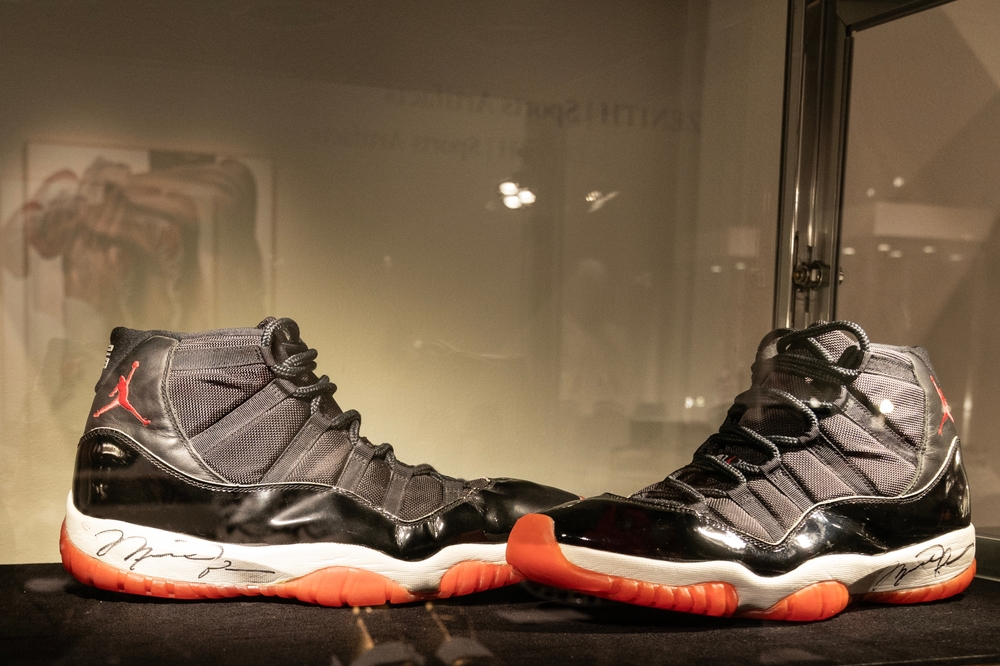
Direct sunlight can cause irreversible damage to your sports memorabilia. Over time, UV rays can fade colors, weaken materials, and cause discoloration, especially in items such as jerseys, posters, and photographs. For example, a signed baseball displayed in the sun can lose its vivid signature, which significantly reduces its value. To avoid this, place your memorabilia in areas where they are shielded from direct sunlight, like in rooms with limited windows or behind UV-protective glass.
Using UV-blocking display cases or framing with UV-filtering glass is an excellent solution to safeguard your collection. These measures can prevent the damaging effects of sunlight while still allowing your items to be visible. If you choose to hang sports memorabilia on walls, consider placing them in low-light areas or using curtains to shield them from the sun during peak daylight hours.
Control the Temperature
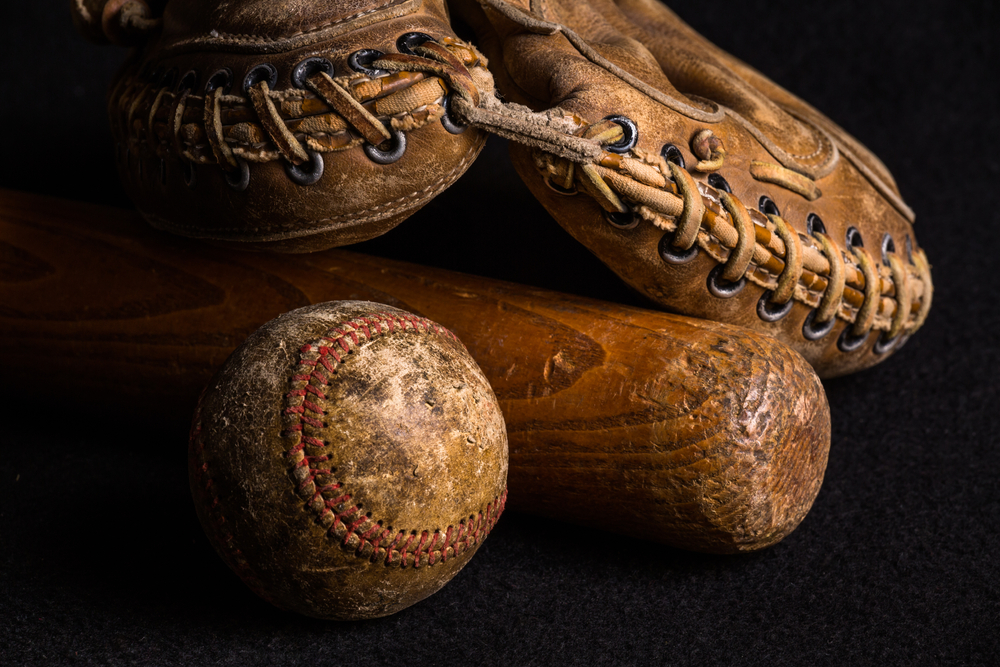
Temperature fluctuations can have a detrimental effect on your sports memorabilia. Extreme heat can cause materials like fabric, leather, and autographs to degrade, while cold temperatures can make them brittle and more prone to damage. For instance, a signed football left in a room that gets too warm could lead to the ink fading or the leather cracking over time. Maintaining a stable temperature of 65-70°F (18-21°C) will help your collection stay in optimal condition.
If you’re storing your memorabilia in a space like an attic, basement, or garage, make sure to monitor the temperature regularly. Installing a climate control system or using a thermometer with humidity and temperature tracking can help ensure that the environment stays consistent. This way, your collection is safe from temperature extremes that could otherwise degrade the quality and value of the items.
Monitor Humidity Levels
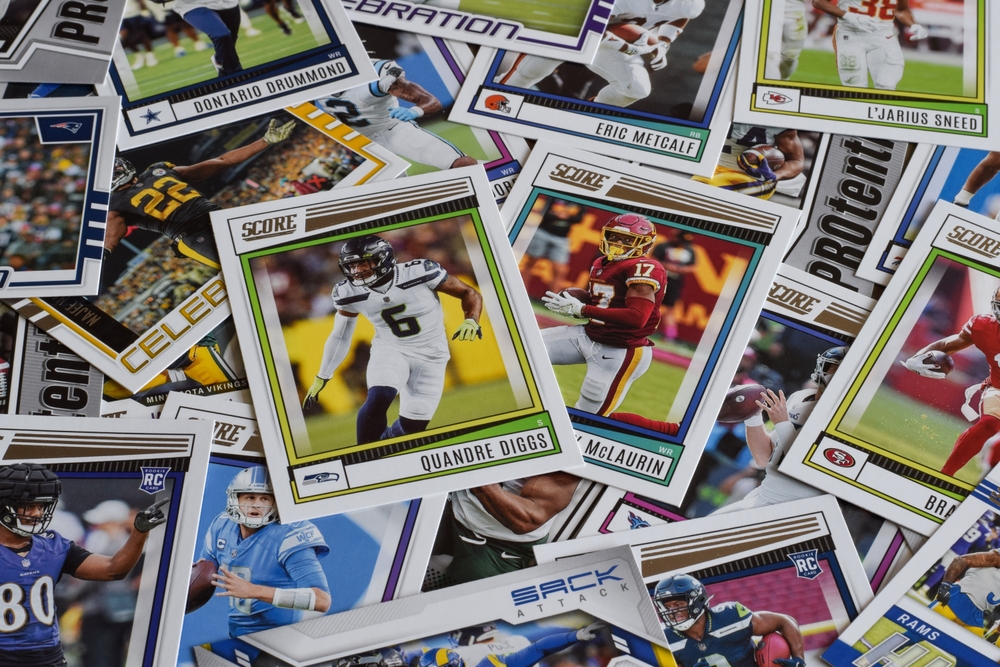
Humidity plays a major role in the preservation of sports memorabilia. High humidity can cause items to become damp, leading to the growth of mold and mildew, which can ruin the quality of paper items like signed programs or photographs. On the other hand, extremely low humidity can cause materials like wood, leather, and fabric to dry out, crack, or lose flexibility. Maintaining a balanced humidity level of around 40-50% is crucial for optimal storage conditions.
To monitor and control humidity, invest in a dehumidifier or humidifier depending on your needs. You can also use moisture-absorbing materials, like silica gel or climate-control packs, inside display cases or storage containers to help regulate the moisture level. Proper humidity control ensures your collection stays in excellent condition, preserving both its aesthetic appeal and market value.
Use Acid-Free Storage Materials
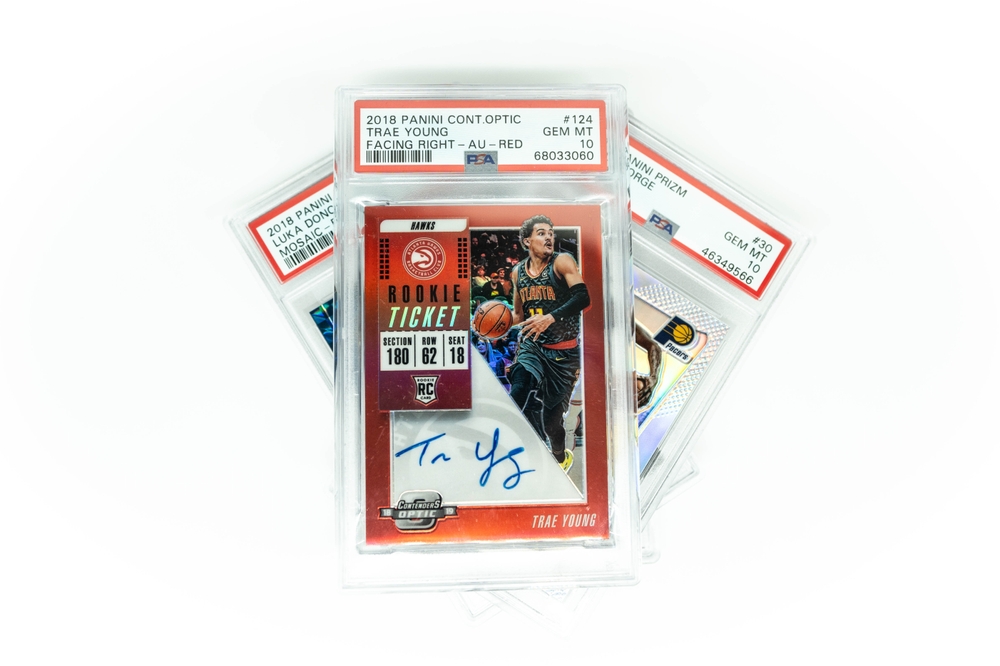
When storing sports memorabilia, using acid-free materials is essential to protect items like cards, photographs, and jerseys. Regular cardboard, plastic, or paper materials often contain acids that can cause long-term damage, leading to yellowing, brittleness, or discoloration. Acid-free boxes, folders, and sleeves provide a safe and secure environment, reducing the risk of degradation. For example, placing a signed baseball card in an acid-free holder prevents the card from absorbing harmful chemicals that could break it down.
It’s also a good idea to store your items in archival-quality materials that are both acid-free and lignin-free. These specially designed storage solutions are made to keep your memorabilia safe from environmental damage. If you plan to store multiple pieces together, consider using archival boxes to group similar items, and always handle each piece carefully to avoid adding oils from your skin that could damage them.
Display in Properly Ventilated Areas
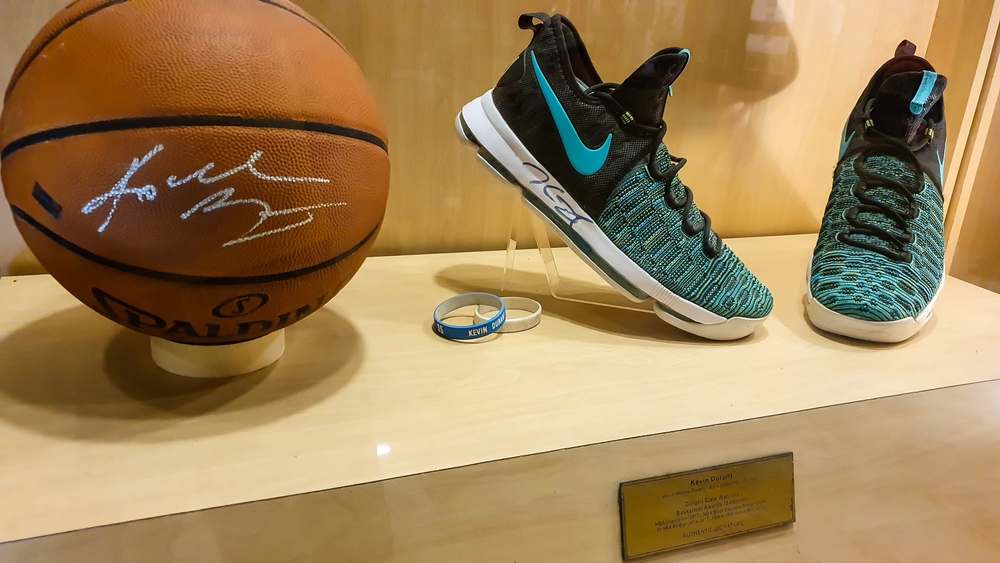
Proper ventilation is crucial when displaying your sports memorabilia, as it helps prevent moisture buildup that can lead to mold and mildew. Storing items in a sealed, non-ventilated space can cause trapped air and moisture, which increases the risk of deterioration. For example, displaying jerseys or signed balls in a closed glass case without proper air circulation could trap moisture, leading to damage over time. Ensure your display cases have adequate ventilation to allow air to flow and prevent moisture buildup.
If possible, choose display areas with natural air circulation, like shelves or cabinets near a window or an open space. If you’re using a display case, make sure it includes small vents or openings that allow the air to circulate while still protecting it from dust or dirt. This will create a safe environment for your memorabilia, reducing the risk of damage caused by stagnant, humid air.
Avoid Storing Items in High-Traffic Areas
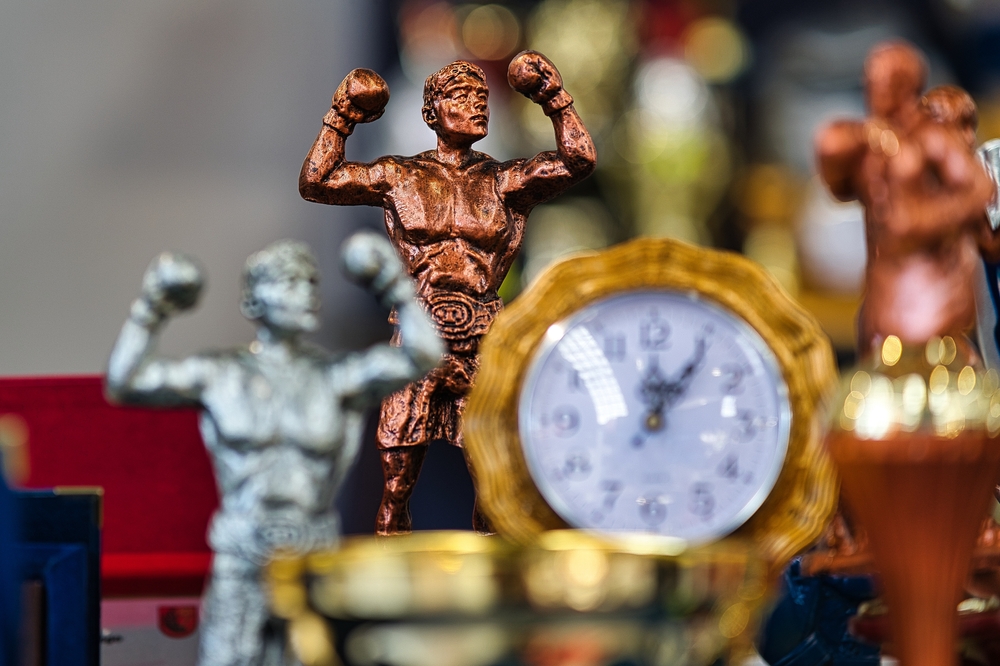
It is essential to avoid placing your sports memorabilia in high-traffic areas where it could be easily damaged. These items are often delicate and can easily be knocked over or disturbed by people walking by or accidental bumps. A signed baseball or collectible jersey placed on a shelf near a doorway, for instance, is at risk of being jostled or even dropped. Find a more secure location, such as a display cabinet with doors or a dedicated shelf, to keep your collection safe from physical damage.
Additionally, storing valuable pieces in high-traffic areas increases the risk of exposure to accidental spills or dust. Displaying your collection in a more secure and quieter area will reduce the chances of unintentional damage. If you have multiple items, consider organizing them into designated zones to ensure each piece has ample space and protection from harm.
Use Soft Materials to Protect Items

When handling sports memorabilia, it’s crucial to use soft materials that prevent scratches, dents, or other physical damage. For example, wrapping a signed jersey in a soft cotton cloth will protect the fabric from getting damaged by rough materials or sharp objects. When displaying items in a case, ensure the interior has a soft lining, like felt or velvet, which can cushion the pieces and reduce the risk of abrasions.
Additionally, for items like autographed baseballs or helmets, place them on padded stands or in soft, cushioned holders. These small touches help protect the memorabilia from being bumped or scratched. By providing extra layers of protection with soft materials, you can ensure your collection remains in pristine condition.
Avoid Storing Items in Plastic Bags

While plastic bags may seem like a quick storage solution, they are not ideal for long-term preservation of sports memorabilia. Plastic can trap moisture inside, creating a perfect environment for mold or mildew to form. Furthermore, plastic can also emit chemicals over time that can damage your items, causing discoloration or degradation of the materials. It’s better to use breathable fabric bags or specially designed storage bags made for memorabilia that allow airflow while protecting your items.
For example, jerseys should be stored in fabric garment bags, which protect them from dust and dirt while still allowing air to circulate. Similarly, photographs or cards should be stored in protective sleeves made from archival-quality materials that don’t trap moisture or chemicals. By choosing the right storage materials, you can protect your sports memorabilia from unnecessary damage.
Keep Autographs in Protective Frames
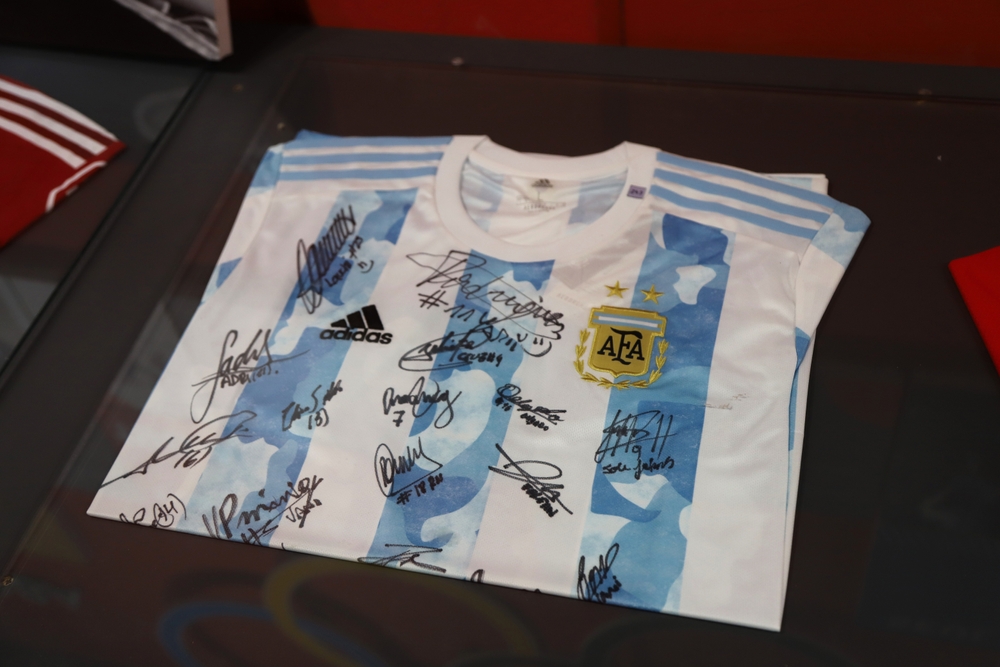
Autographs are often the centerpiece of sports memorabilia collections, but they are highly susceptible to fading, smudging, and deterioration. To preserve signed items like photos or baseballs, display them in protective frames with acid-free backing and UV-resistant glass. The frame will keep the item secure, while the UV-resistant glass will protect the autograph from fading due to exposure to light.
For signed jerseys, it’s important to hang them in a frame that is designed to minimize contact with the fabric. This prevents damage to the autograph while still allowing the jersey to be displayed. Protective framing not only preserves the signature but also adds a layer of aesthetic appeal, making your collection more presentable while safeguarding its value.
Use Display Cabinets with Doors
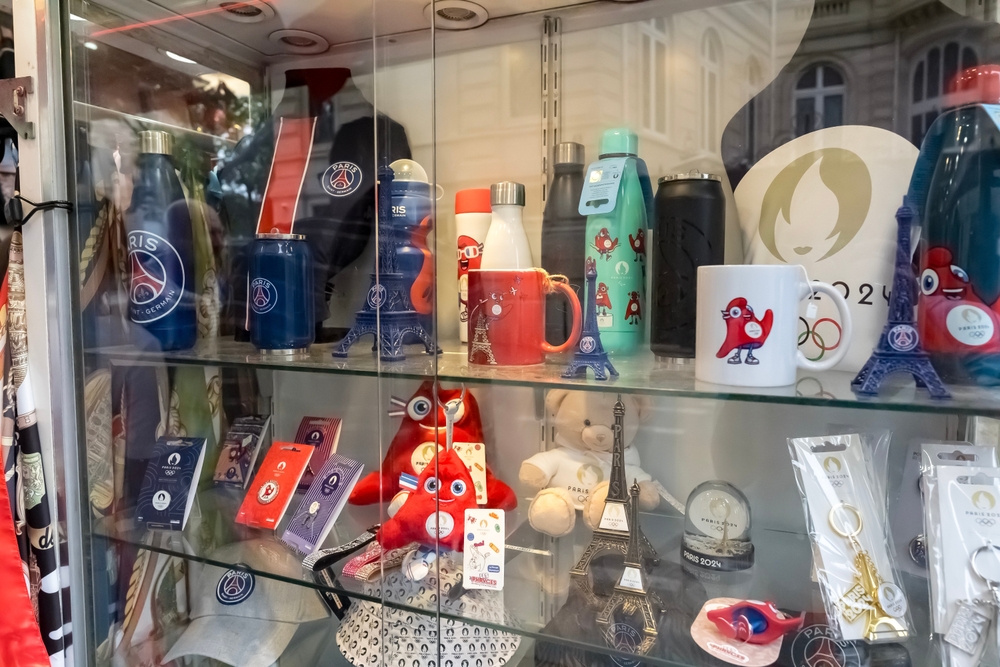
A display cabinet with doors is one of the best ways to protect your sports memorabilia from dust, dirt, and accidental damage while still keeping it visible for display. These cabinets are perfect for showcasing your collection while ensuring it is kept in a controlled environment. Look for cabinets that have tempered glass doors, which provide both strength and clarity, allowing you to show off your items without compromising their protection.
Additionally, these cabinets often feature shelves or drawers, providing extra storage for smaller items like signed cards, tickets, or other memorabilia. When choosing a display cabinet, consider one that is lockable for added security, especially if you own high-value items. This ensures that your collection is not only displayed beautifully but also protected from potential damage or theft.
Regularly Dust Your Collection
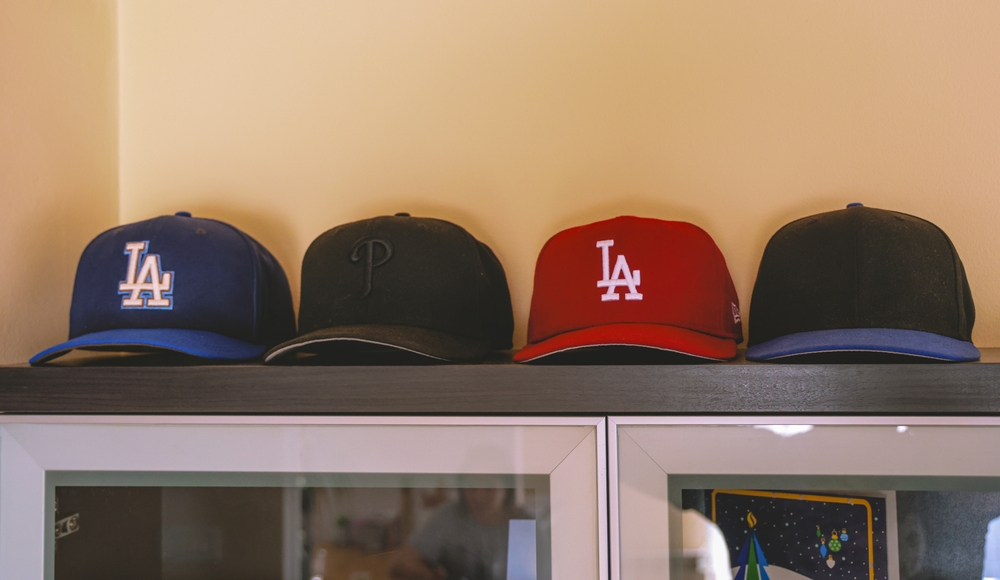
Dusting your sports memorabilia regularly is a simple but effective way to keep it clean and well-maintained. Dust can accumulate on frames, display cases, and even the items themselves, causing a dull appearance and potentially damaging delicate surfaces over time. For items like jerseys or helmets, use a soft, microfiber cloth to gently remove any dust without causing scratches.
For framed items or display cases, use a gentle air blower or a vacuum with a soft brush attachment to remove dust from corners and edges. Avoid using harsh cleaning products or chemicals that could damage your collection. Regular cleaning keeps your memorabilia looking fresh and free from harmful debris that could wear it down.
This article originally appeared on Avocadu.
